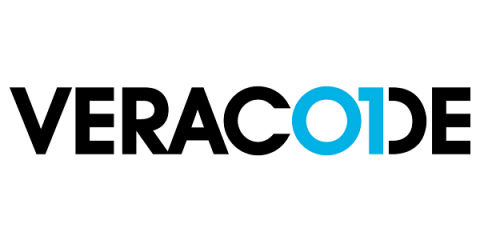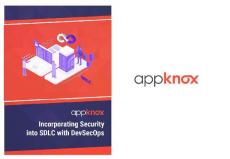Top Security Anti-Patterns in ASP.NET Core Applications
Microsoft's ASP.NET Core enables users to more easily configure and secure their applications, building on the lessons learned from the original ASP.NET. The framework encourages best practices to prevent SQL injection flaws and cross-site scripting (XSS) in Razor views by default, provides a robust authentication and authorization solution, a Data Protection API that offers simplicity of configuration, and sensible defaults for session management.





